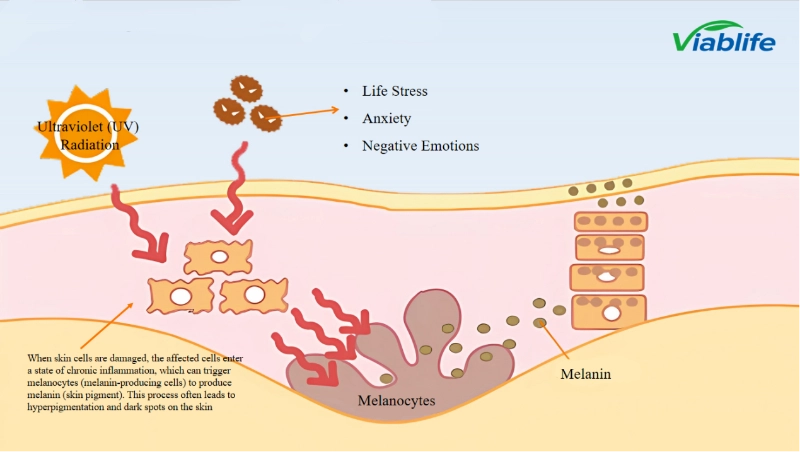The Science Behind Softer Stomach Fat: How Exercise Transforms Your Body Composition
When embarking on a fitness journey, many individuals notice a fascinating phenomenon: their stomach fat becomes softer with regular exercise. This observation raises a critical question: why does this change occur? Understanding the underlying mechanisms can empower individuals to make informed decisions about their fitness routines and body composition goals. In this article, we will explore the physiological changes that occur during exercise, the role of fat distribution, and the impact of different types of workouts on abdominal fat.
The Physiology of Fat: Understanding Composition and Texture
To comprehend why stomach fat becomes softer with exercise, it is essential to first understand the nature of fat itself. Body fat, or adipose tissue, is composed of fat cells (adipocytes) that store energy in the form of triglycerides. There are two primary types of fat: subcutaneous fat, which lies just beneath the skin, and visceral fat, which surrounds internal organs.
Subcutaneous fat is often perceived as softer and more pliable, while visceral fat is denser and firmer. When individuals begin exercising, particularly through aerobic and resistance training, several physiological changes occur that can influence the texture and distribution of these fat deposits.
The Role of Exercise in Fat Mobilization
Exercise plays a pivotal role in mobilizing fat stores for energy. During physical activity, the body requires increased energy expenditure, prompting the release of fatty acids from adipose tissue into the bloodstream. This process, known as lipolysis, is enhanced by regular exercise. As fatty acids are utilized for energy, the overall volume of fat in the body decreases, leading to a reduction in the density of fat deposits.
Moreover, consistent exercise can lead to changes in the size and number of adipocytes. Research indicates that regular physical activity can promote the reduction of larger, more rigid fat cells, replacing them with smaller, more flexible ones. This transformation contributes to the perception of softer stomach fat, as the overall texture of the fat changes with the reduction in size and density.
The Impact of Different Types of Exercise
Not all exercises yield the same results when it comes to fat loss and texture. Understanding the nuances of various workout modalities can help individuals tailor their routines for optimal outcomes.
- Aerobic Exercise: Activities such as running, cycling, and swimming are effective for burning calories and promoting fat loss. Aerobic exercise primarily targets subcutaneous fat, leading to a softer appearance as the fat is mobilized and reduced. Studies have shown that individuals who engage in regular aerobic exercise experience a significant decrease in both total body fat and abdominal fat.
- Resistance Training: Incorporating strength training into a fitness regimen can also influence the texture of stomach fat. Resistance exercises increase muscle mass, which in turn boosts metabolic rate. As muscle mass increases, the body becomes more efficient at burning fat, leading to a reduction in both subcutaneous and visceral fat. The combination of increased muscle and reduced fat can create a firmer, more toned appearance, contributing to the perception of softer fat.
- High-Intensity Interval Training (HIIT): HIIT has gained popularity for its efficiency in burning fat in a shorter time frame. This form of exercise alternates between intense bursts of activity and periods of rest. Research suggests that HIIT can be particularly effective at reducing visceral fat, which is often associated with a firmer texture. As visceral fat decreases, the overall composition of abdominal fat shifts, leading to a softer feel.
The Role of Nutrition and Recovery
While exercise is a critical component in altering the texture of stomach fat, it is essential to recognize the role of nutrition and recovery in this process. A balanced diet rich in whole foods, lean proteins, healthy fats, and complex carbohydrates supports the body’s ability to mobilize and utilize fat effectively. Additionally, adequate hydration and sleep are vital for recovery and hormonal balance, both of which influence fat metabolism.
Conclusion: Embracing the Journey
In conclusion, the phenomenon of stomach fat becoming softer with exercise is a multifaceted process influenced by the type of exercise, the physiological changes in fat cells, and the overall lifestyle choices of the individual. By understanding these mechanisms, individuals can approach their fitness goals with a more informed perspective, recognizing that changes in body composition take time and consistency.



